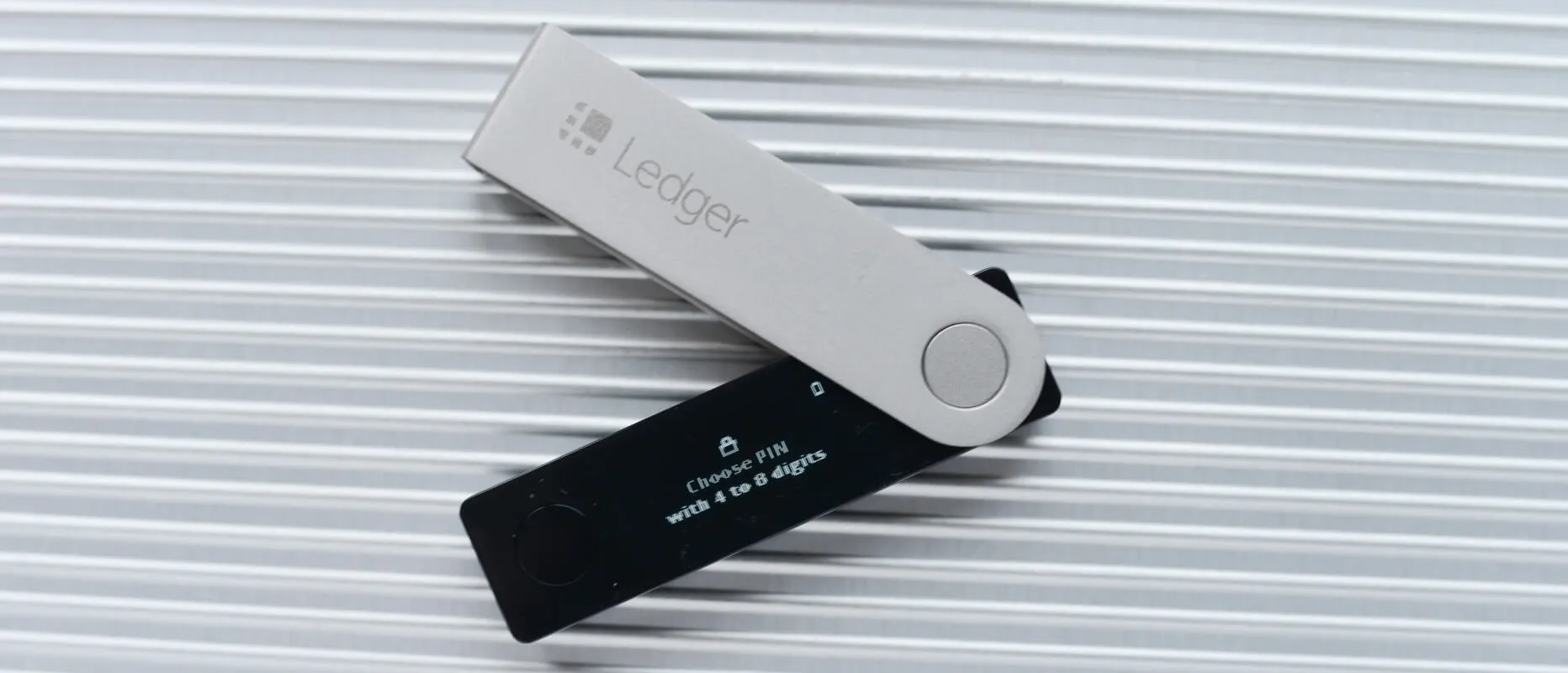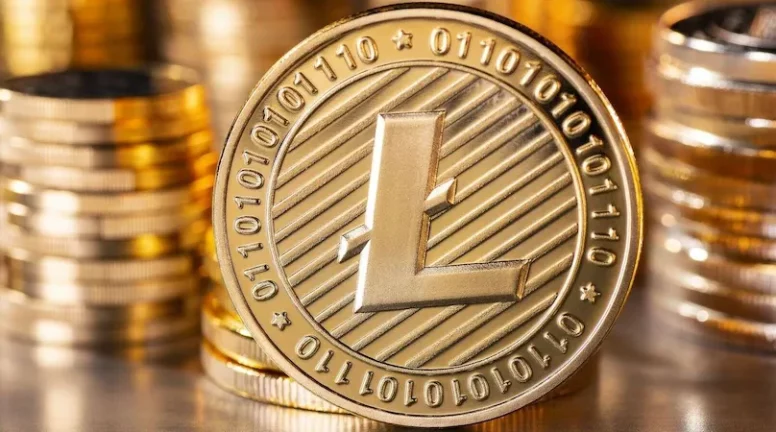What is Litecoin?
Litecoin was founded by Charlie Lee, a former Google engineer who called it the “lite version of Bitcoin.” Litecoin was formed by a “fork” of the original Bitcoin blockchain. What this meant is that the original source code was modified on a certain date and point in time and released as its own, brand new blockchain.
Since it started with the Bitcoin DNA, Litecoin developers did not mind and happily encouraged Litecoin to be referred to as the “silver” to Bitcoin’s “gold.” What they were clear on from the start though was the intent to keep all of Bitcoin’s good qualities and properties and change the ones that needed improvement.
What’s the difference between Bitcoin and Litecoin?
Litecoin was launched with the goal to improve on Bitcoin’s shortcomings, similar to Bitcoin Cash, which launched 6 years later. The key one was the ability to be able to mine Litecoin at home without using specialised machines.
When Bitcoin started, people were able to use their home computers to generate or “mine” the cryptocurrency. Very quickly though, you saw specialised machines were created with the sole purpose of mining Bitcoin more efficiently, which the home computers could not keep up with. The first improvement that Lee made with the Litecoin blockchain, that differed from Bitcoin, was to change the mining logic, or algorithm, which would allow home computers to mine Litecoin and stopped the efficient Bitcoin miners from mining Litecoin.
The second improvement that Litecoin aimed to introduce was faster transaction times. At the time of its launch, Bitcoin was taking up to 10 minutes in order to complete a transaction. Litecoin was able to complete their transaction in under three minutes. This was meant to make Litecoin more attractive to merchants – don’t forget that Litecoin, like Bitcoin, is meant to be a transactional currency even though it’s referred to as cryptocurrency silver – because they would be able to complete transactions faster.
Fast forward to today and neither of these improvements help Litecoin stand out from the crowd. Dozens more cryptocurrencies launched that were able to improve the bitcoin transaction times and while people were initially able to mine Litecoin at home, it was only a matter of time before specialised Litecoin miners became available in the market.
Nonetheless, despite the competition, Litecoin has been a consistent player in the cryptocurrency space for over a decade now.
What can I do with Litecoin?
While it may be constantly referred to as the silver to Bitcoin’s gold, don’t forget that Litecoin, just like Bitcoin before it and numerous others after it, was designed and developed as currency. Therefore, its primary purpose was always meant to be to facilitate payments for goods and services.
Buy things with Litecoin
Just like you would buy things online with a credit card or PayPa, several stores, both within Australia and globally, offer the ability to buy goods and pay for them using Litecoin.
Pay your bills with Litecoin
With the Living room of Satoshi, you can pay your regular bills directly using Litecoin wallet. Similar to buying things with Bitcoin Cash, the online experience of paying your bills with this cryptocurrency is exactly what you’d expect from any other currency.
Litecoin as an investment
Investing in Litecoin works exactly the same way as you would invest in gold, shares or Bitcoin. Similar to how you would buy gold, shares or Bitcoin for a certain price and hope that it would become something that could be sold for a higher price, you would do the same with Litecoin. In this way, Litecoin is behaving exactly like silver might i.e. like something pretty valuable and everyone who owns it is hoping it would become even more valuable over time.
How to buy Litecoin in Australia?
You can buy Litecoin through any digital currency exchange. All digital currency exchanges in Australia are regulated by AUSTRAC.
Chillur is an Australian digital currency exchange, registered and regulated by AUSTRAC that simplifies the process of buying Litecoin in Australia.
You can buy Litecoin in Australia using Chillur in two easy steps.
Step 1: Create an account
Create your Chillur account using an email address and password. You will then need to verify your identity using either your passport or drivers licence.
Step 2: Transfer funds to your account
Use your banking app or web banking to transfer funds to your Chillur account.
Once the funds settle (1-2 business days), the system will automatically buy Litecoin (and 9 other cryptocurrencies).
Congratulations! You now own Litecoin in your Chillur account
How to invest in Litecoin?
Investing in Litecoin is the process of buying Litecoin today with the expectation that it will go up in value in the future.
Portfolios with Litecoin have seen returns of 200% after 3 years.
You can invest in Litecoin using Chillur in three easy steps.
Step 1: Create an account
Create your Chillur account using an email address and password. You will then need to verify your identity using either your passport or drivers licence.
Step 2: Buy the Chillur 10 bundle
Chillur offers bundles of cryptocurrencies. What this means is that rather than picking and choosing which cryptocurrency to buy and at what price, you are able to buy 10 cryptocurrencies in a go. Chillur handles how much and the purchase price.
Step 3: Track your investment performance
Simply login into your Chillur account and track the performance of your portfolio either through a laptop or your mobile phone.
Where do I store my Litecoin?
Cryptocurrencies storage devices are known as wallets. Broadly, there are two kinds of wallets, hot and cold. One way to think of them is that hot wallets are those that are online all the time, unlike cold wallets where you decide when to connect them to the web.
Another way to explain the difference between hot and cold wallets is that the formers is associated or part of a cryptocurrency exchange whereas the latter are physical devices, like thumb drives, that allow you to store your cryptocurrency offline.
You can therefore store your cryptocurrency in the proverbial, safest place in your house – the back of your socks drawer or under your mattress. (This was meant to be a joke. This is NOT a recommendation to store your Litecoin or any other cryptocurrency under your mattress of at the back of your socks drawer).

What next for Litecoin?
Despite having sold all his Litecoin, founder Charlie Lee works full time with the Litecoin Foundation with the primary goal of improving the adoptability of Litecoin as a currency of transaction. Having more merchants accept Litecoin as a payment currency would be key to establishing Litecoin as a currency and not merely as “silver.”
And following from that then is the inevitable comparison with Bitcoin and the hotly debated question of whether or Litecoin can ever overtake Bitcoin. Analysts point to Litecoin’s strong fundamentals and also to examples in the stock space but ultimately, it comes down to waiting for the future, just like everybody else, to find out what exactly the future holds for Litecoin.
